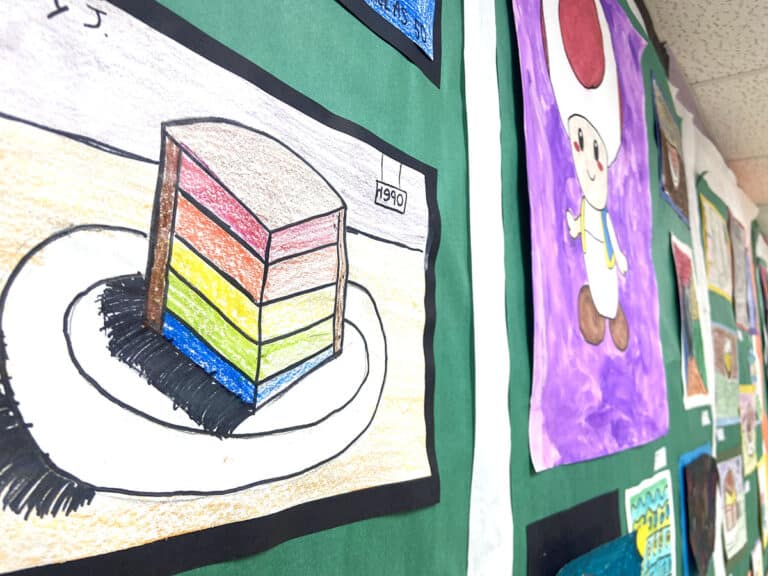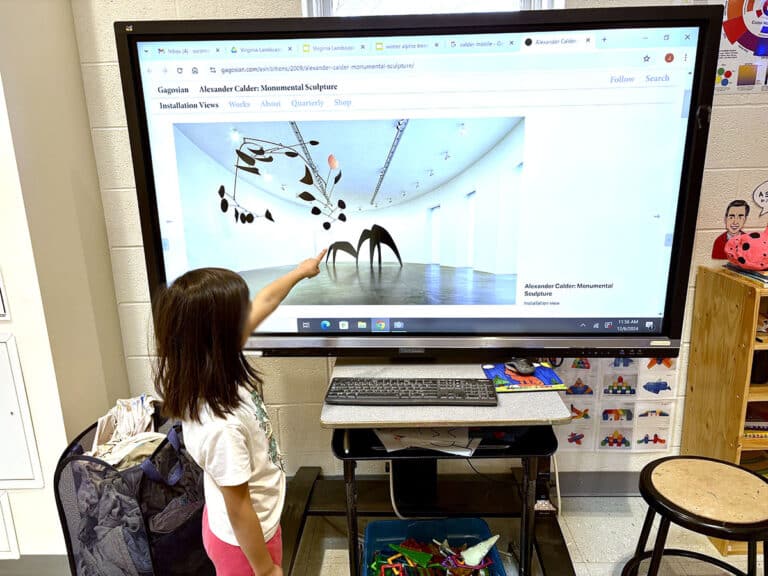Several months ago, I was sitting across from a student and his dad at parent-teacher conferences. I was urging the student to sign up for art the following semester, as he had shown some very impressive skills. However, I was stunned when his dad spoke up and said, “Well, you know, it’s hard to get these sports guys to sign up for those classes.”
I didn’t get it. Last I checked, practice happened after school. I would know since I have to be ready to coach my volleyball and basketball teams after class. So why was it so challenging for this student to choose both art and sports?
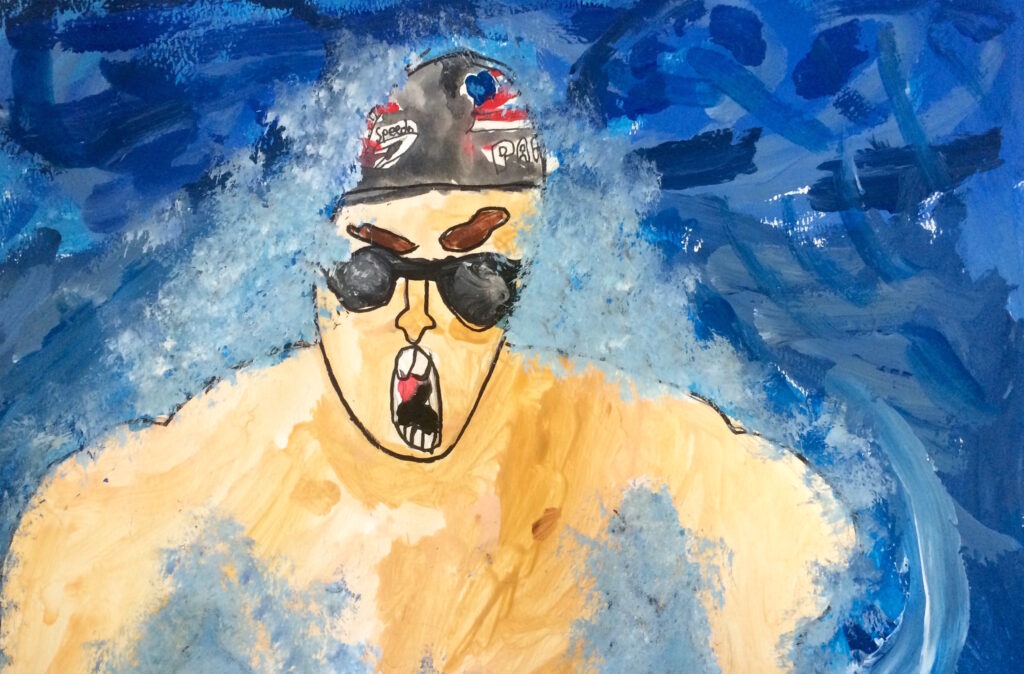
Art and athletics are often viewed at opposite ends of the spectrum. But, are athletes and artists really that different?
Today we are going to hear from an artist and former athlete to help solve this mystery.
Artist Hillary Werth was a heptathlete at UCLA and a member of the US National Bobsled Team. Although some people find it difficult to draw the connection between athletics and sports, for Hillary, it’s fairly easy. Both of her parents were professional athletes and artists. As she explains, “Art and athletics are literally in my DNA.”
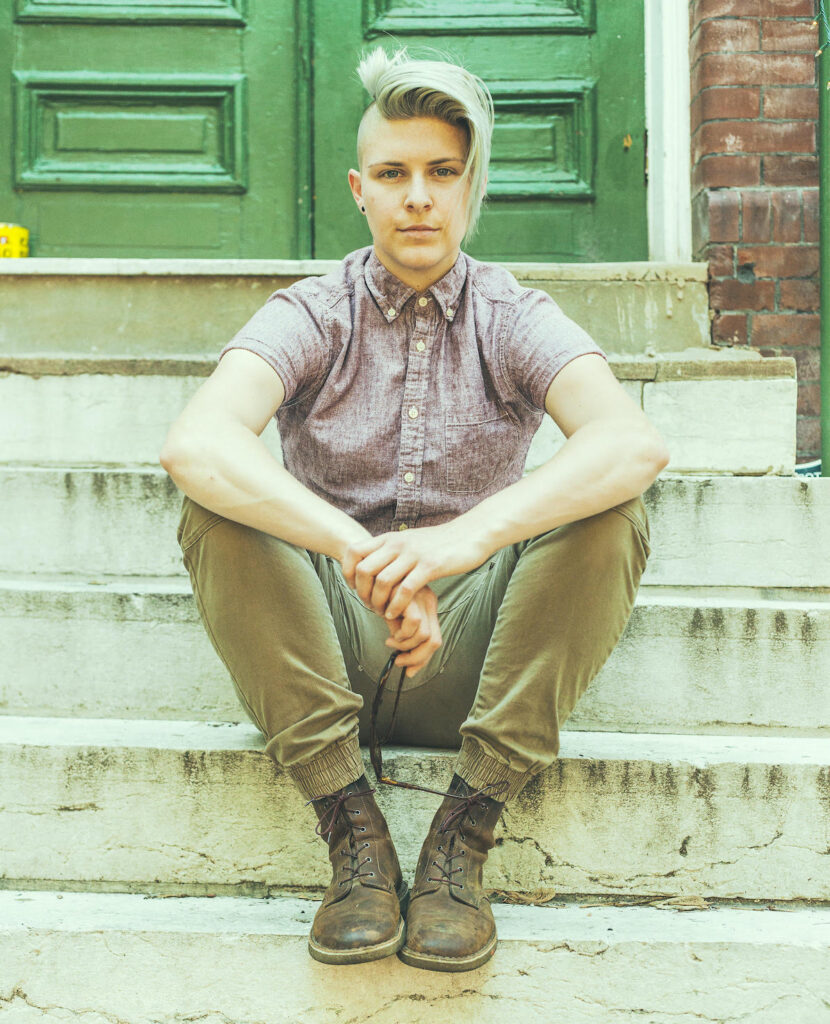
Two Worlds At Odds?
For most of our students, the idea that these two worlds can find balance seems odd. Most often students are forced to choose which outlet to pursue. Although Hillary grew up in a household where both were embraced, there were times she was questioned by her peers. She says, “I always felt the need to prove myself because others didn’t understand my creative and athletic brain. When I realized I didn’t have to prove anything to anyone, I started to succeed.” Because our students are heavily influenced by their peers, it’s important to teach them that choosing both is okay.
In fact, I’d argue that being an athlete makes for a more enriched, well-rounded art experience.

Striking Similarities
There are many common parallels between art and athletics. Hillary shares that her experience as an athlete has everything to do with the way she creates her art and runs her business. Both artists and athletes share a common trait in their pursuit of excellence and in their will for mastery. When asked about the similarities between the two Hillary said, “The passion that it takes to be an athlete or an artist are one and the same. I can find similarities from one of my athletic performances to a painting I did from start to finish.”
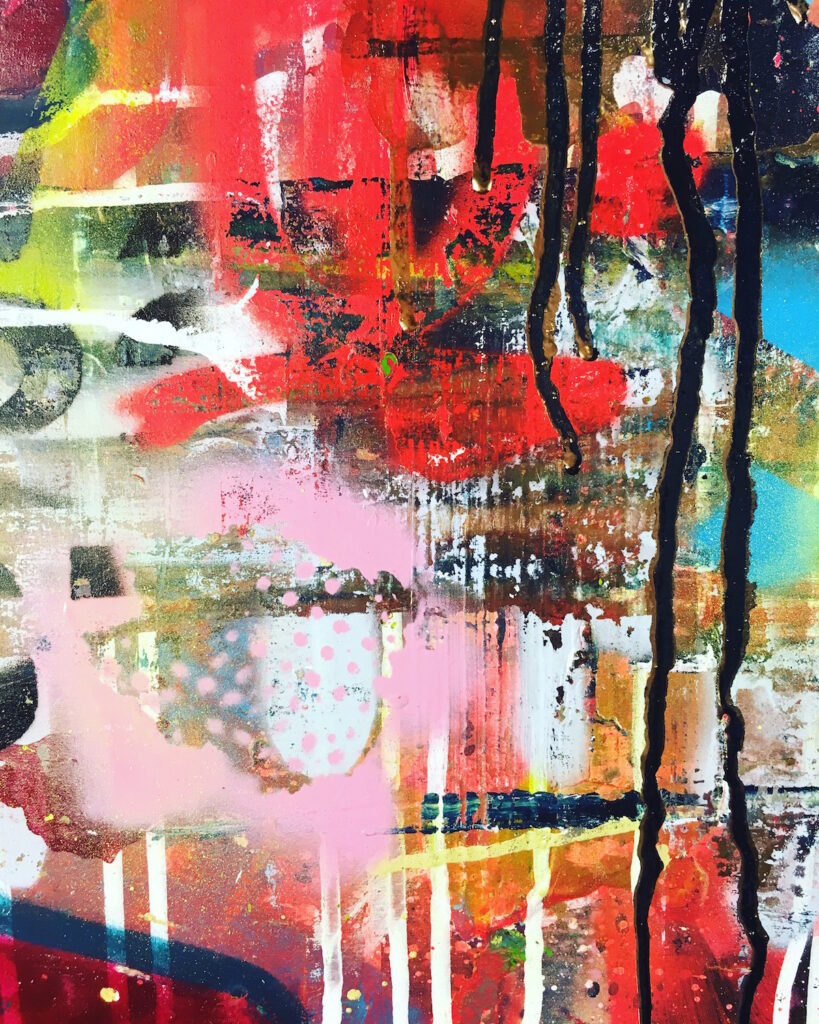
Both making art and engaging in athletics take hard work, practice, and drive. Both pursuits are rigorous. I often liken practicing an athletic skill to refining an art skill. A basketball player isn’t going to perfect their free throw shooting without practice. The same goes for an artist looking to get better at drawing.
Bringing Athletics into the Art Room
One of the best ways to break the imaginary divide of athletes and artists is to fuse them together. Why not create opportunities for sports to exist within the art room? If an art student is interested in athletics, let them incorporate that experience into their art making! Creating a self-portrait might not sound exciting to some, but creating a portrait of a favorite basketball player can be a game changer.
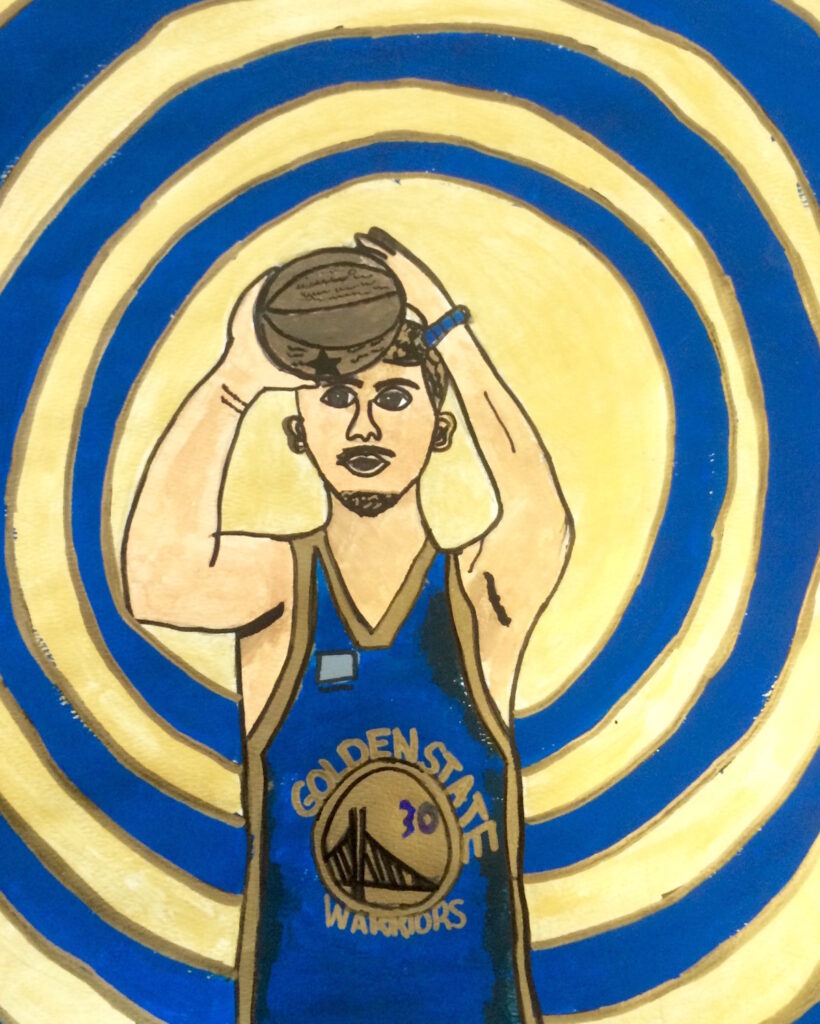
Allowing opportunities to bring different worlds together will encourage more authentic experiences. Check out these athletes who have incorporated both into their lives!
There will probably come a time when students will have to decide if they want to dedicate more time to a sport or to their art. As Hillary described her own experience, “One always had to take priority depending on what I was trying to accomplish at the time. Neither one defines me, but they are equally a part of who I am.” With that, let’s encourage our students to explore their artistic and athletic sides to discover their best selves!
For more on Hillary’s art endeavors, you can view her work at Hillary Werth Art and follow along on Instagram: @HillaryWerthArt.
What traits do you think artists and athletes share?
How do you reach students that show a great interest in sports?
Magazine articles and podcasts are opinions of professional education contributors and do not necessarily represent the position of the Art of Education University (AOEU) or its academic offerings. Contributors use terms in the way they are most often talked about in the scope of their educational experiences.


